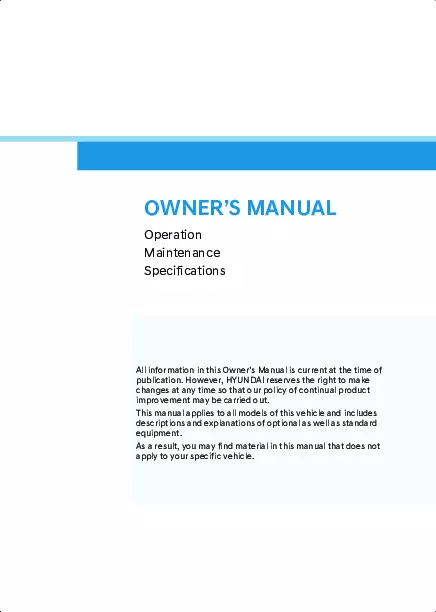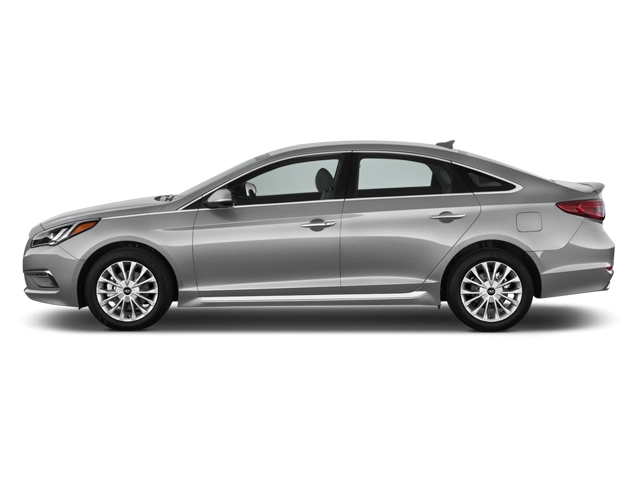2026 Hyundai Sonata Owner's Manual

Table of Contents
2026 Hyundai Sonata Overview
Owner's Manual
The Owner's Manual for the 2026 Hyundai Sonata is an essential resource for every new owner, guiding you through the quality and innovative features of your vehicle. This comprehensive guide aims to familiarize you with the Sonata’s systems, functions, and settings. It includes important information about maintenance schedules, warranty details, and troubleshooting tips that ensure your car runs smoothly over the years. Utilizing the manual will enhance your ownership experience, helping you to maximize the features and capabilities of your Sonata while ensuring you're well-informed about safety protocols and efficiency practices. Relying on the Owner’s Manual will empower you to care for your Sonata, contributing to its longevity and performance.
Introduction
The 2026 Hyundai Sonata reflects the brand’s commitment to innovation, style, and efficiency. This mid-size sedan combines a dynamic design with advanced technology, ensuring a pleasurable driving experience. With its deeply sculpted lines, a bold front grille, and a sleek silhouette, the Sonata stands out on any road. Designed for those who value both functionality and aesthetics, this model exemplifies Hyundai’s vision of a modern sedan that caters to everyday drivers while incorporating luxury elements.
Powertrains
The 2026 Hyundai Sonata offers a diverse lineup of powertrains to cater to various driving preferences. The base model features a highly efficient 2.5-liter inline-four engine, delivering impressive horsepower and fuel economy. For those seeking a sportier experience, an available 2.5-liter turbocharged engine provides enhanced performance. Additionally, an eco-conscious hybrid variant optimizes fuel efficiency without sacrificing power. Each engine is paired with a smooth-shifting automatic transmission, ensuring seamless power delivery wherever the road leads you.
Trims
The Sonata comes in multiple trims, allowing customers to select one that best fits their lifestyle and preferences. Starting with the well-equipped SE model, it offers a suite of essential features such as a touchscreen infotainment system and advanced safety technologies. Moving up, the SEL trim adds luxury elements, including heated seats and upgraded audio systems. The sporty N Line occupies a unique niche with its enhanced performance features, while the top-level Limited trim provides a luxurious experience with premium materials and the latest tech. Each trim level is designed to offer a variety of features to match diverse consumer needs.
Features
The 2026 Hyundai Sonata is packed with a plethora of cutting-edge features designed to elevate your driving experience. Standard equipment includes an advanced infotainment system with a large touchscreen interface, smartphone integration, and Bluetooth connectivity. Safety is paramount, with features like forward collision warning, lane-keeping assist, and adaptive cruise control available across the lineup. The interior boasts comfortable seating, ample cargo space, and luxurious touches like ambient lighting and available leather upholstery. Every aspect of the Sonata has been thoughtfully designed to enhance comfort, convenience, and connectivity.
User manual download
The Hyundai Sonata owner manual for the 2026 model year is to be found in PDF downloadable format on this page. The owner manual for the model year 2026 is free and in English, but the repair manuals are usually not easy to get and may cost more.
Manual Questions
Fill the form below and someone will help you!

